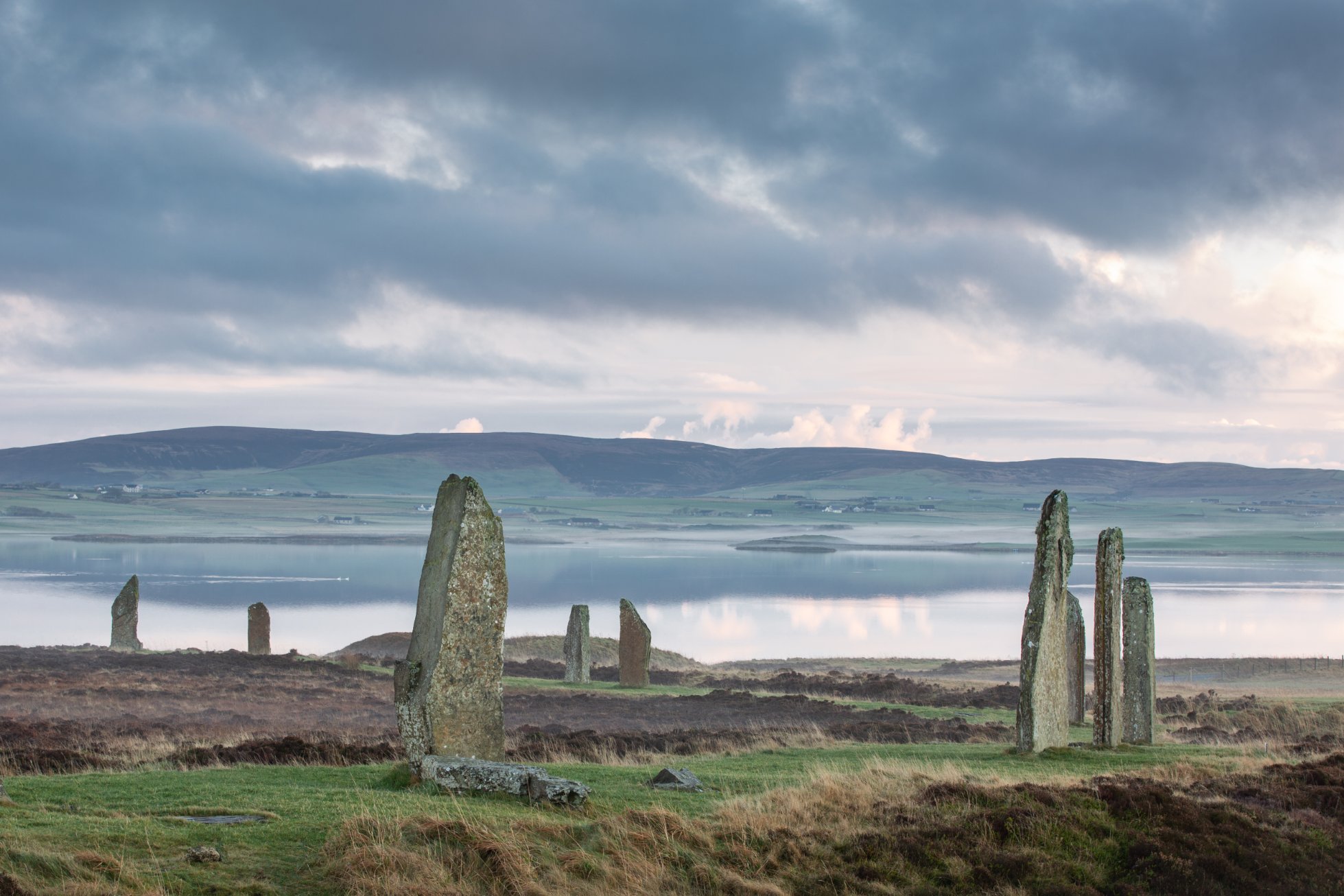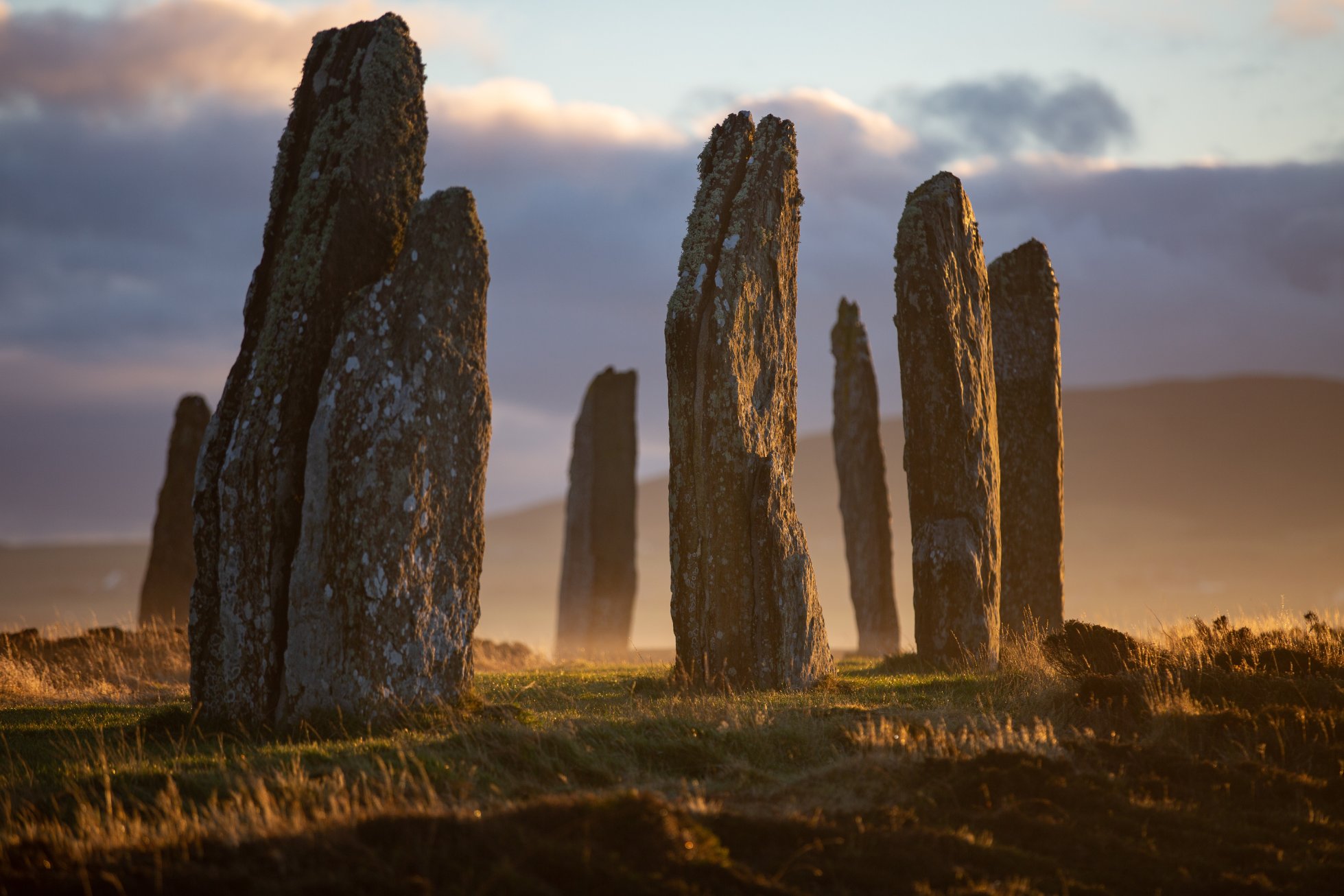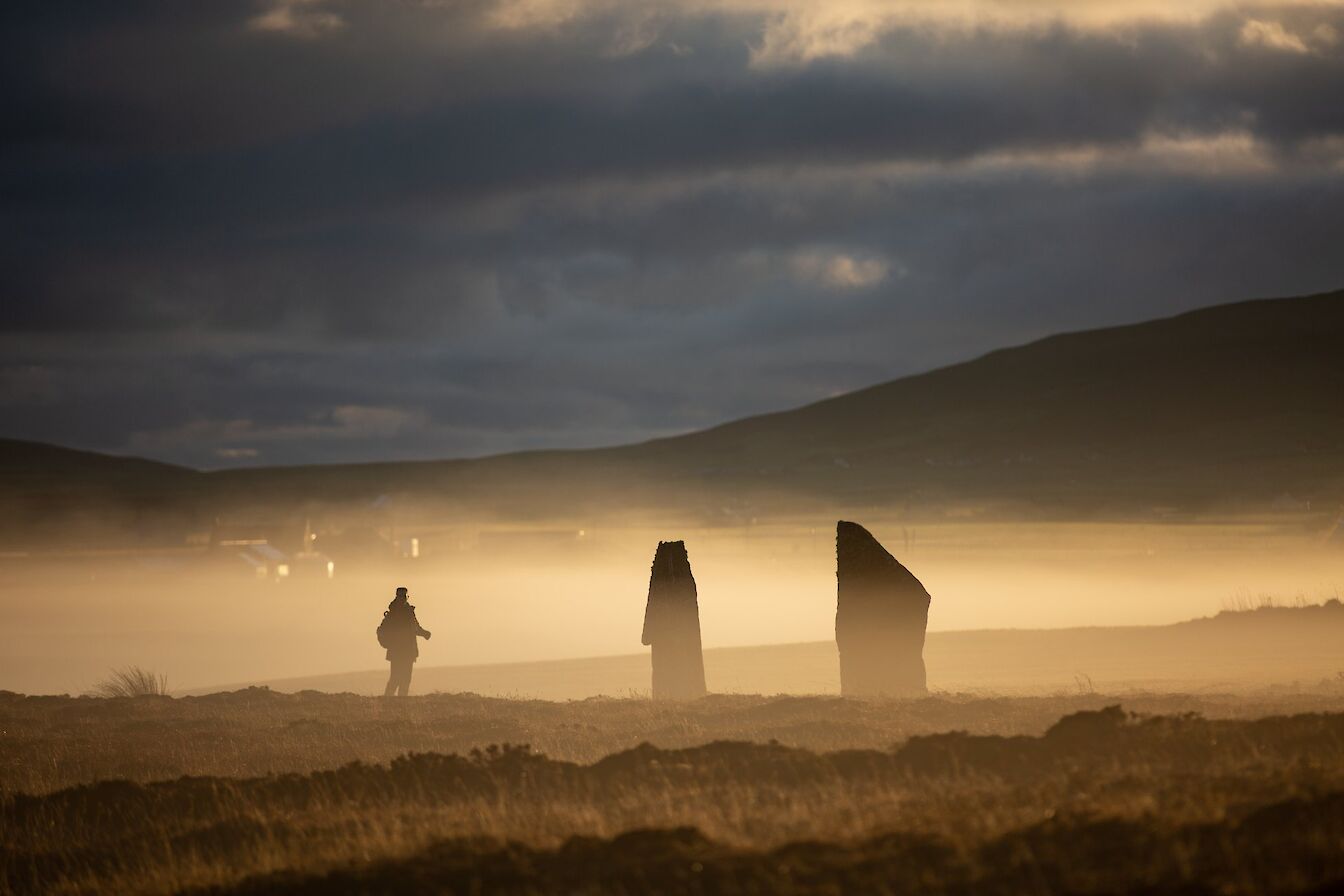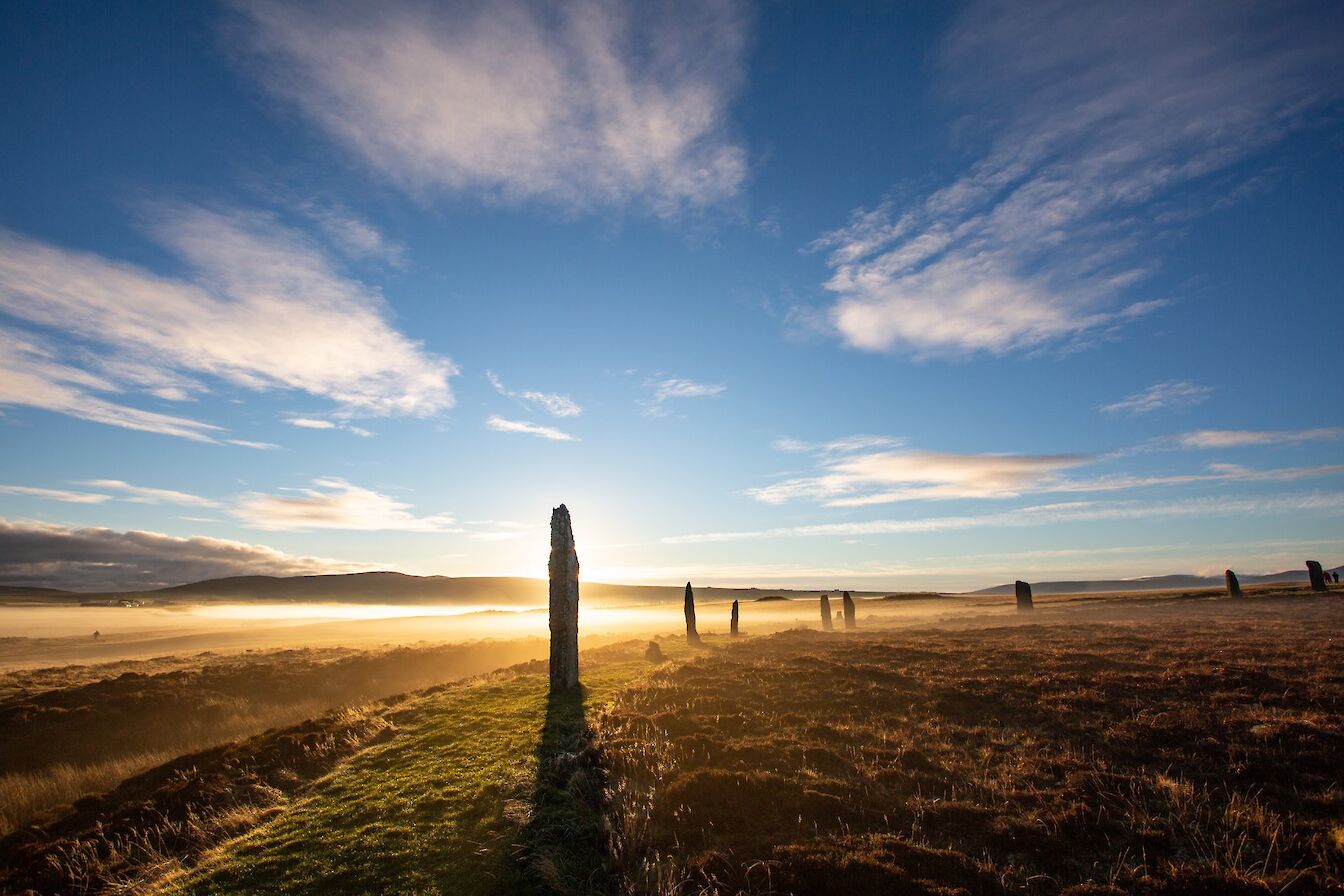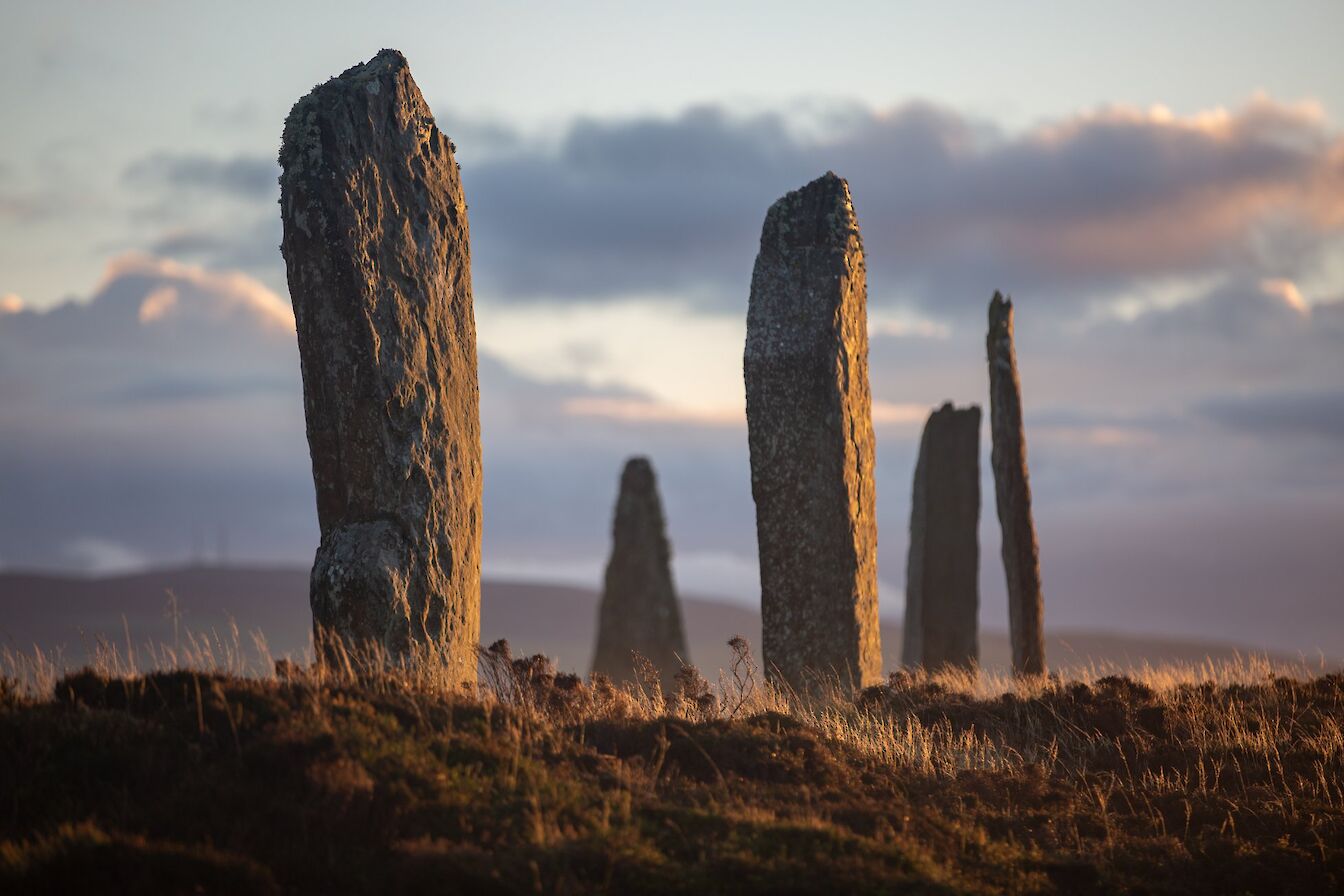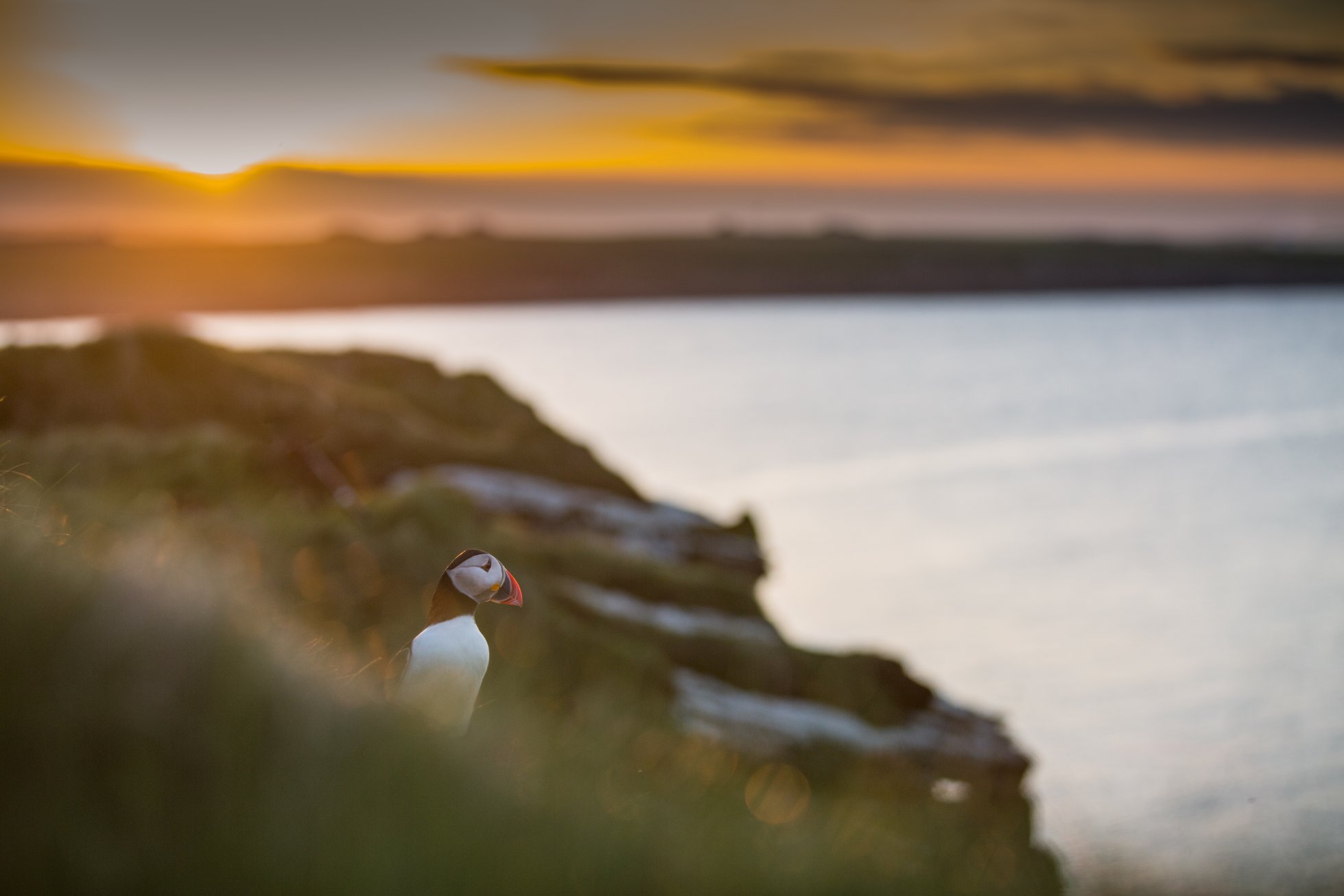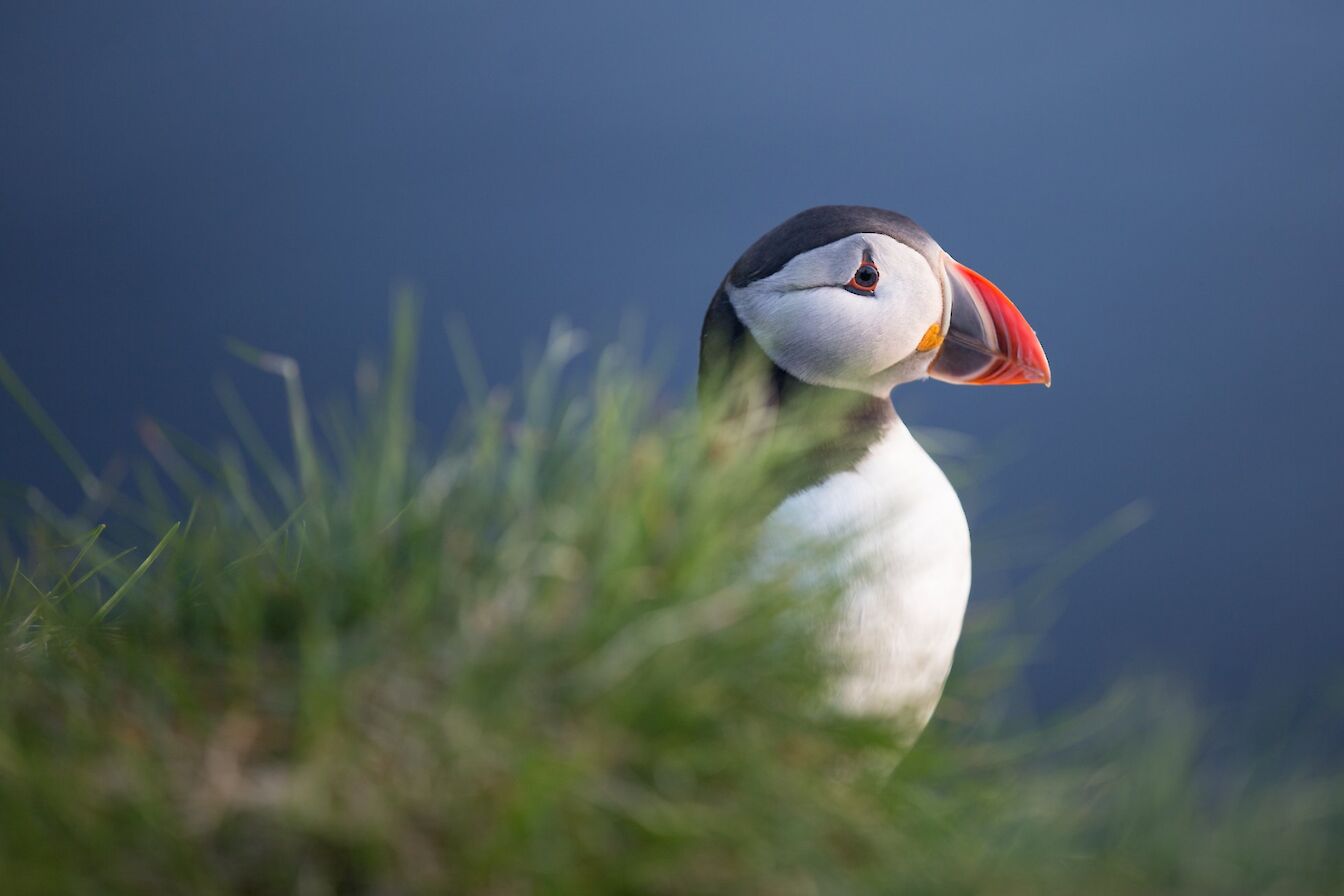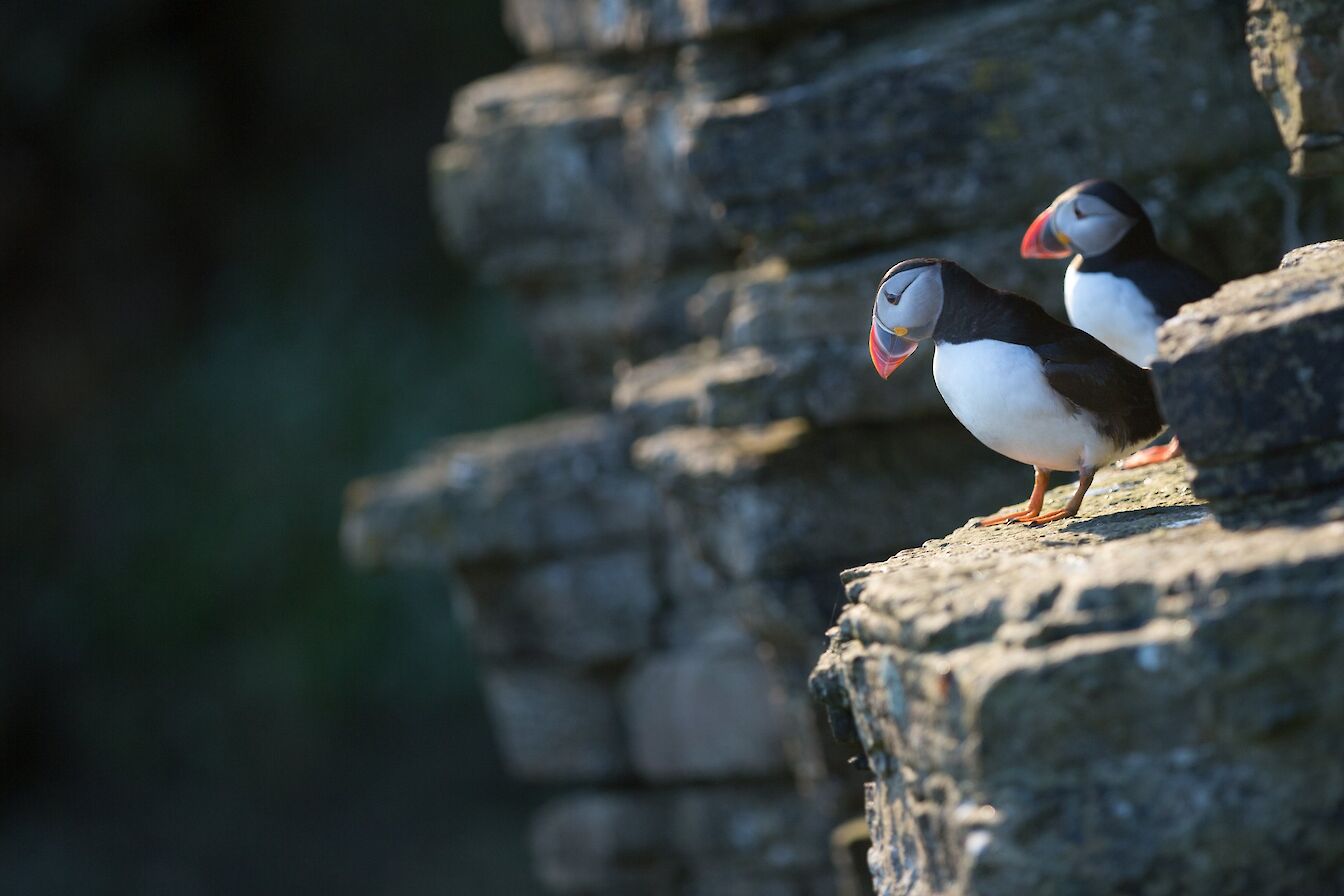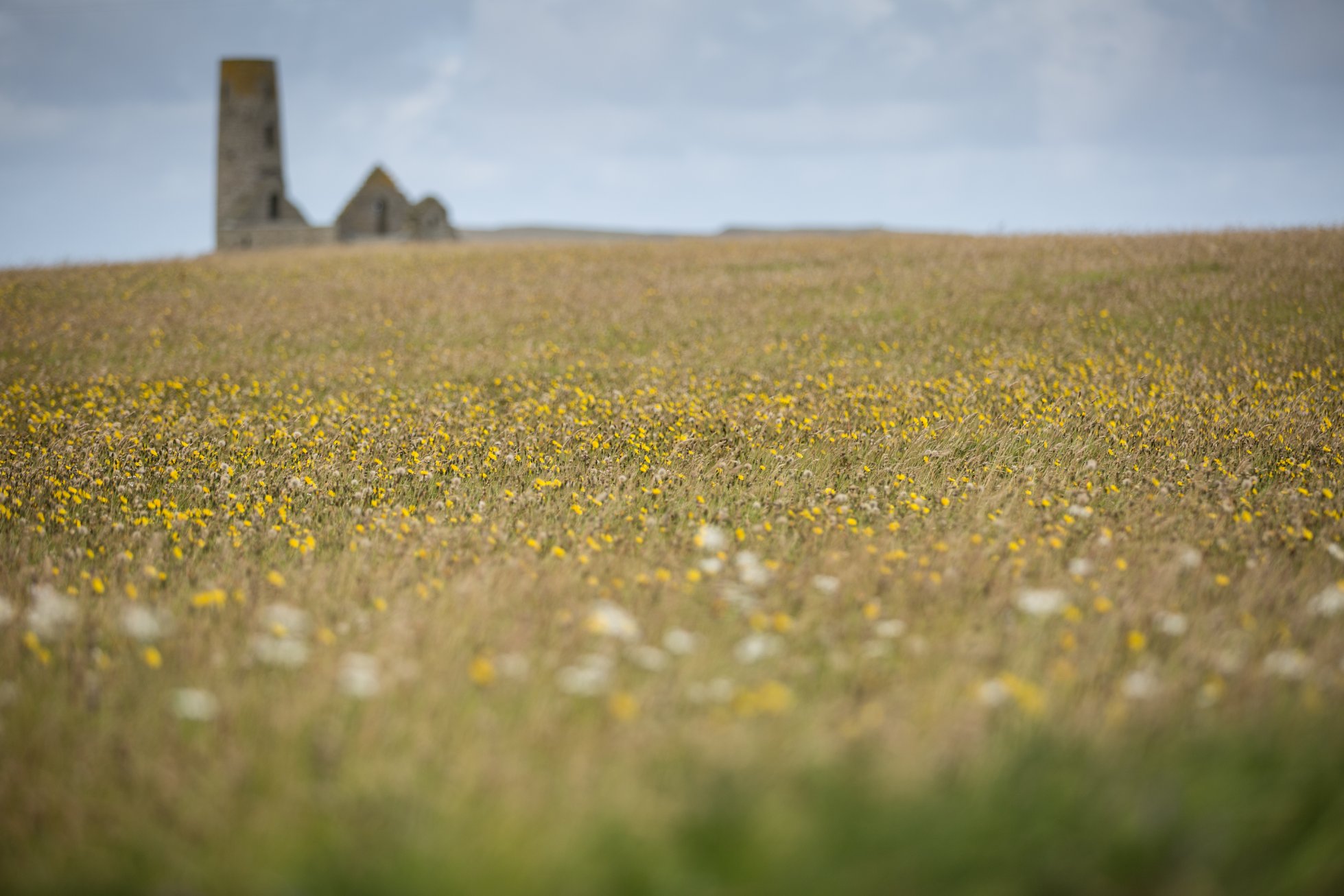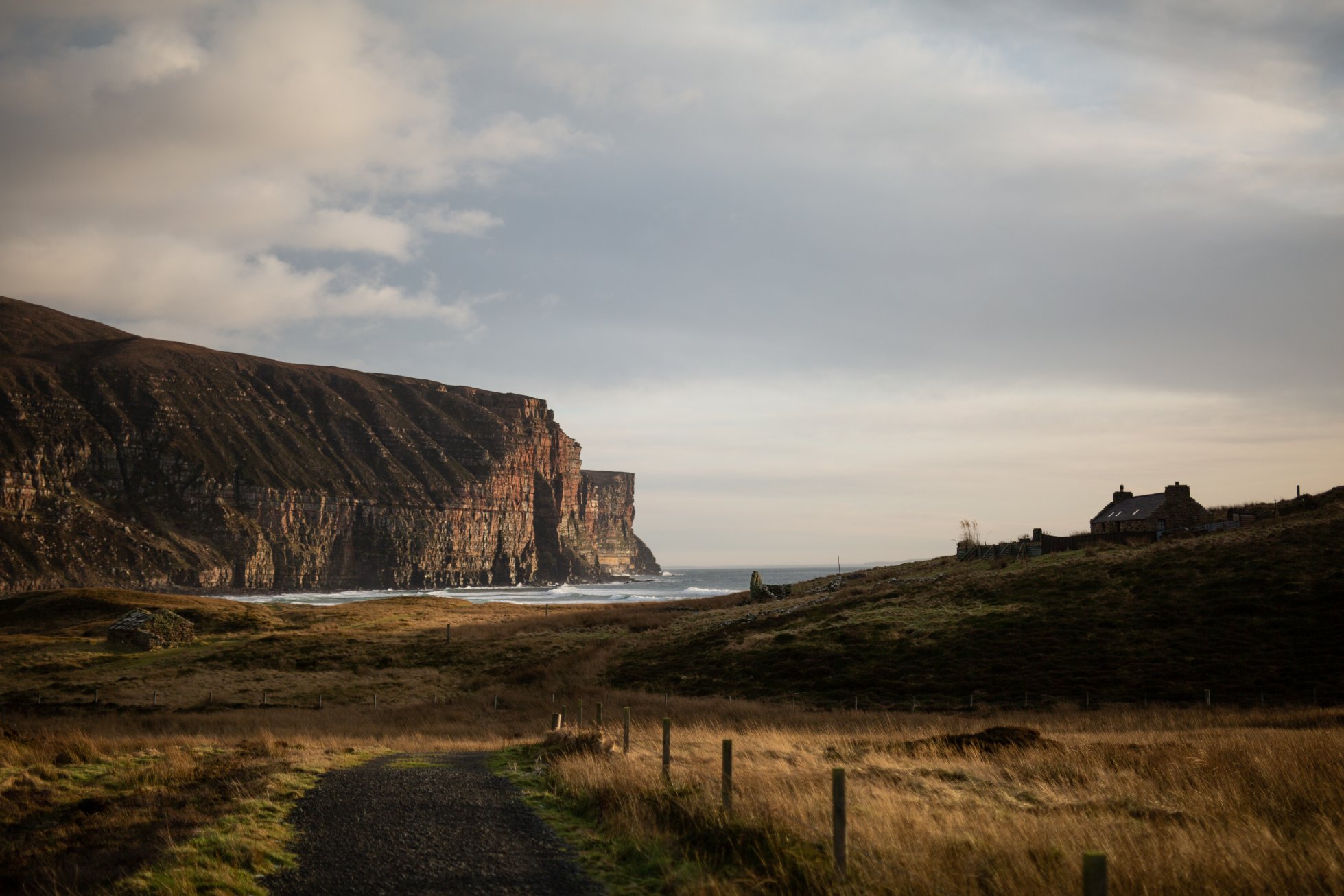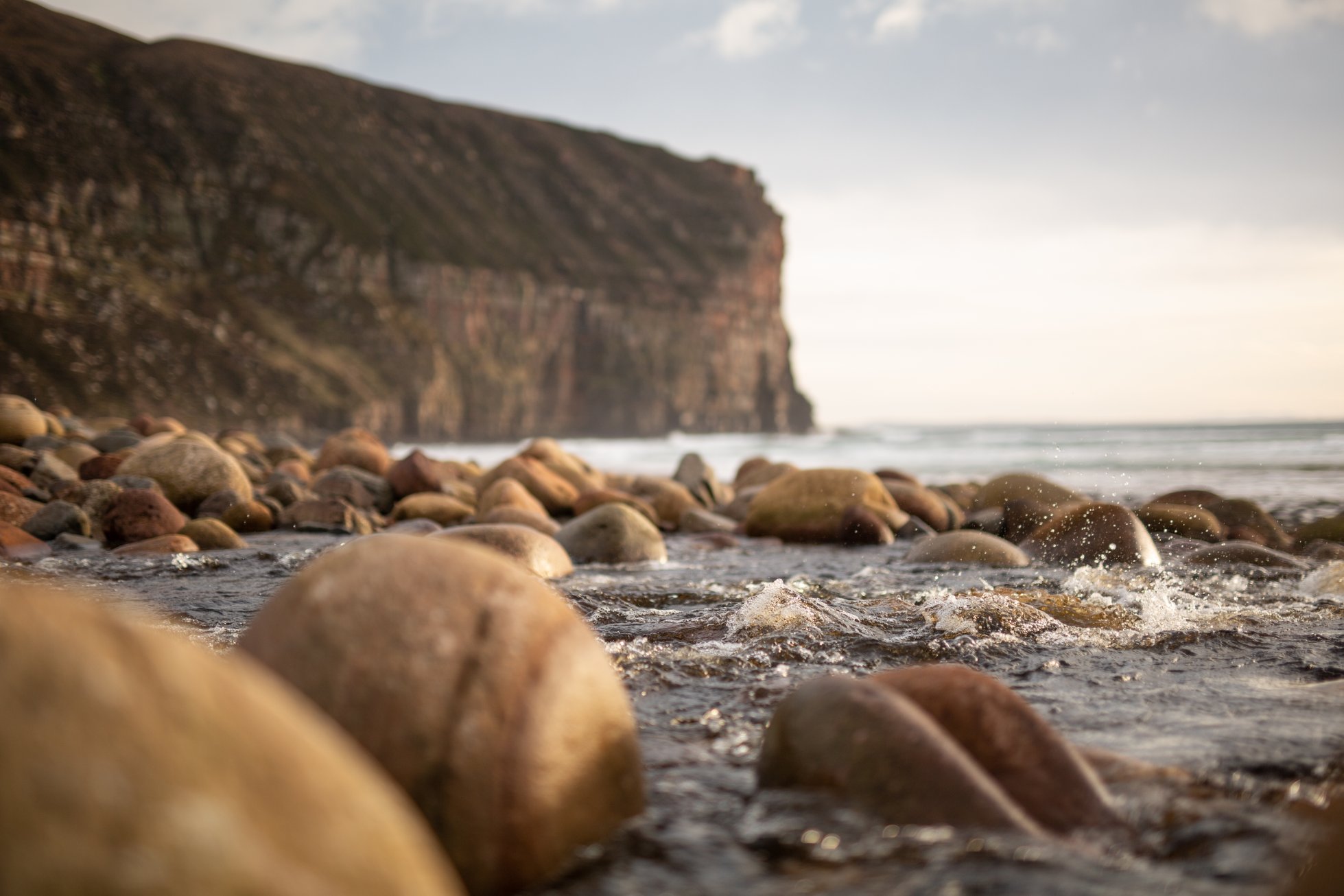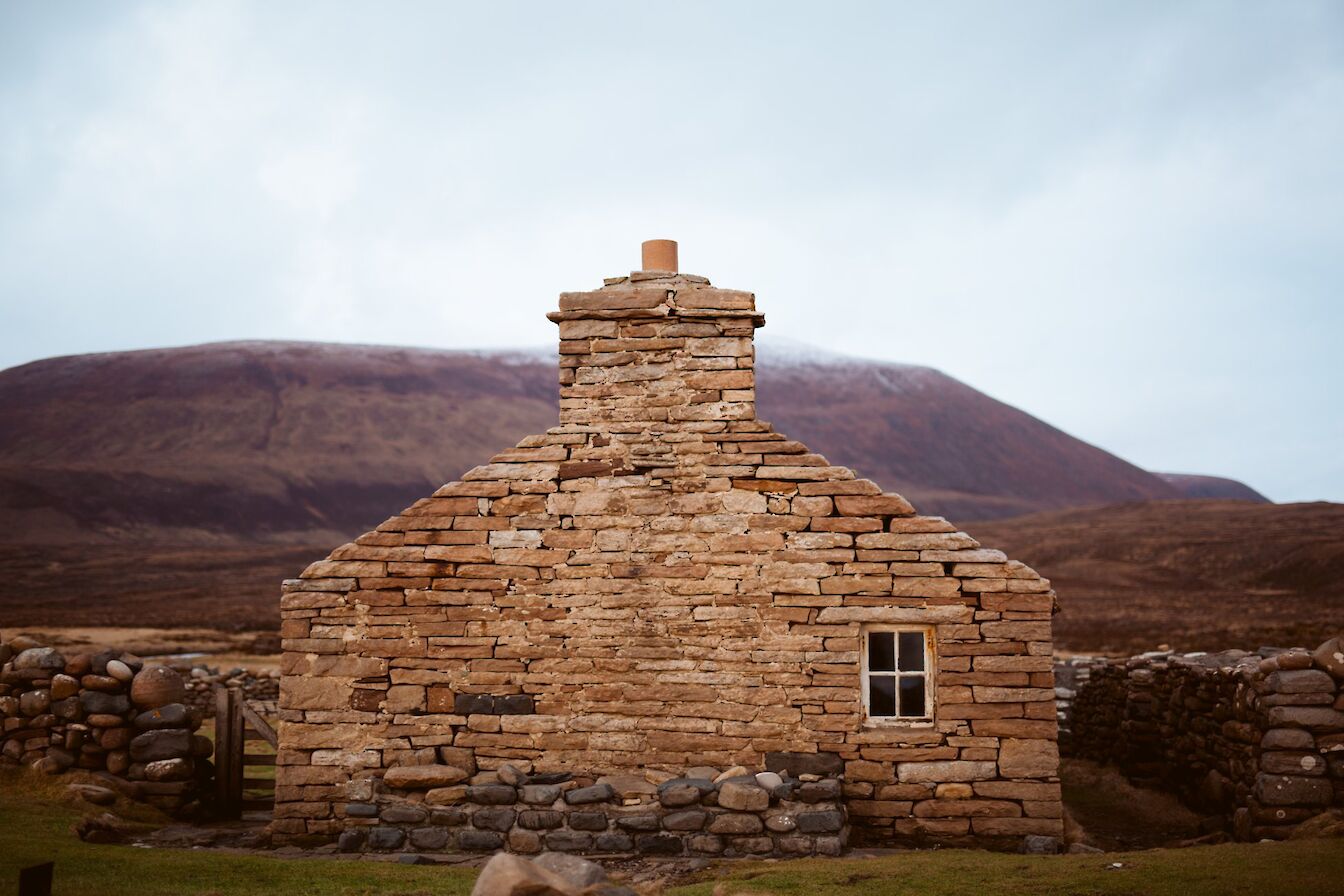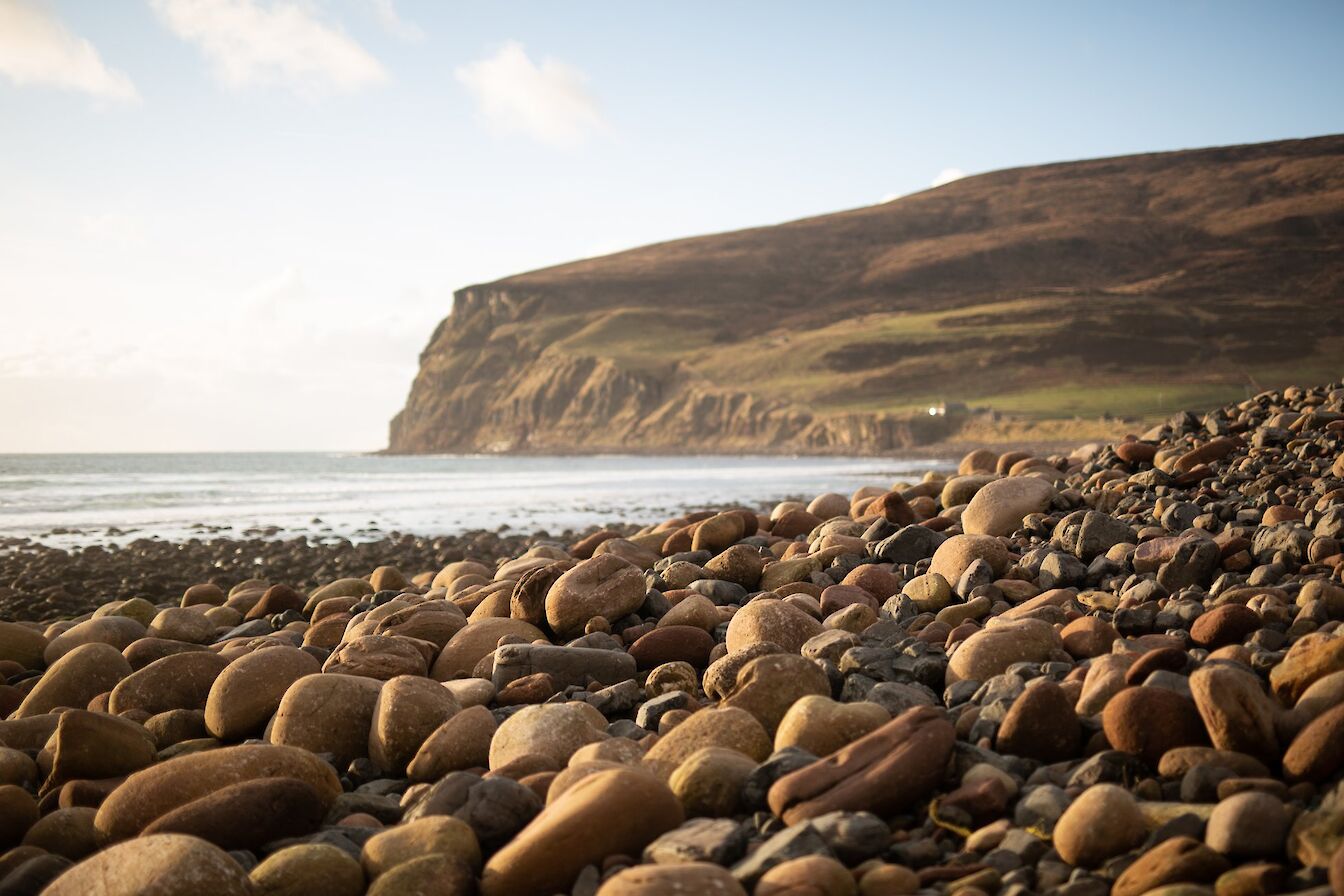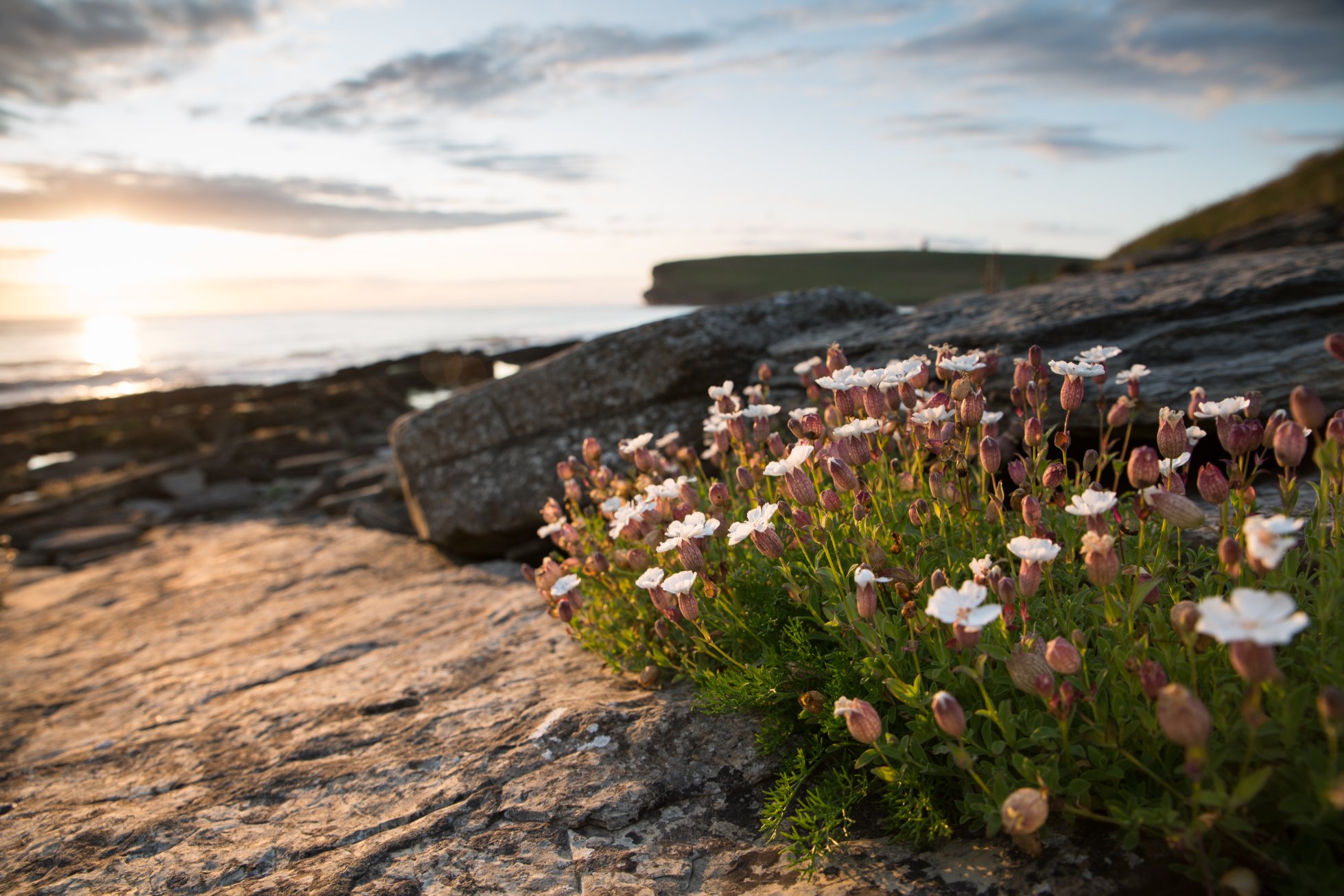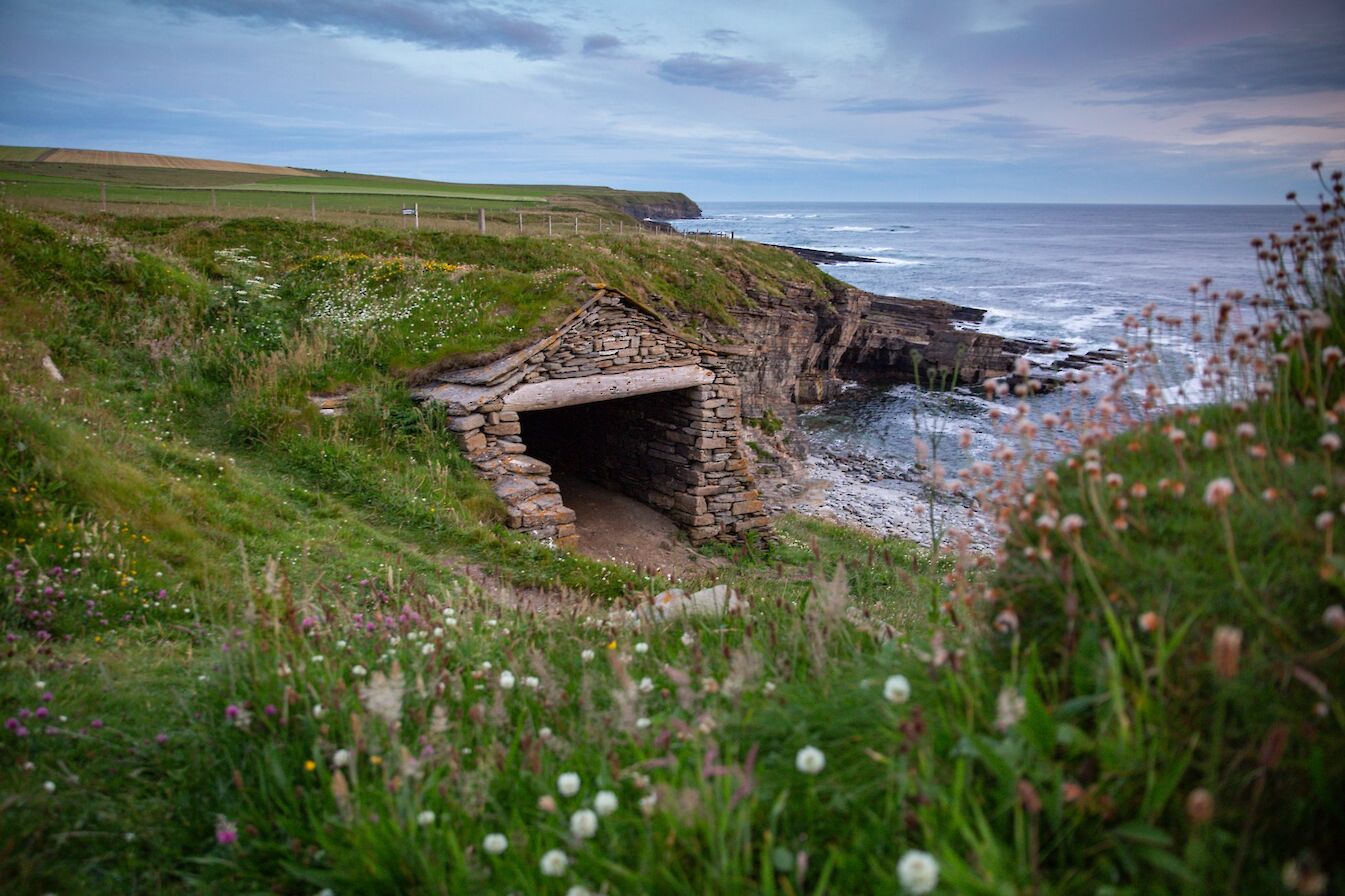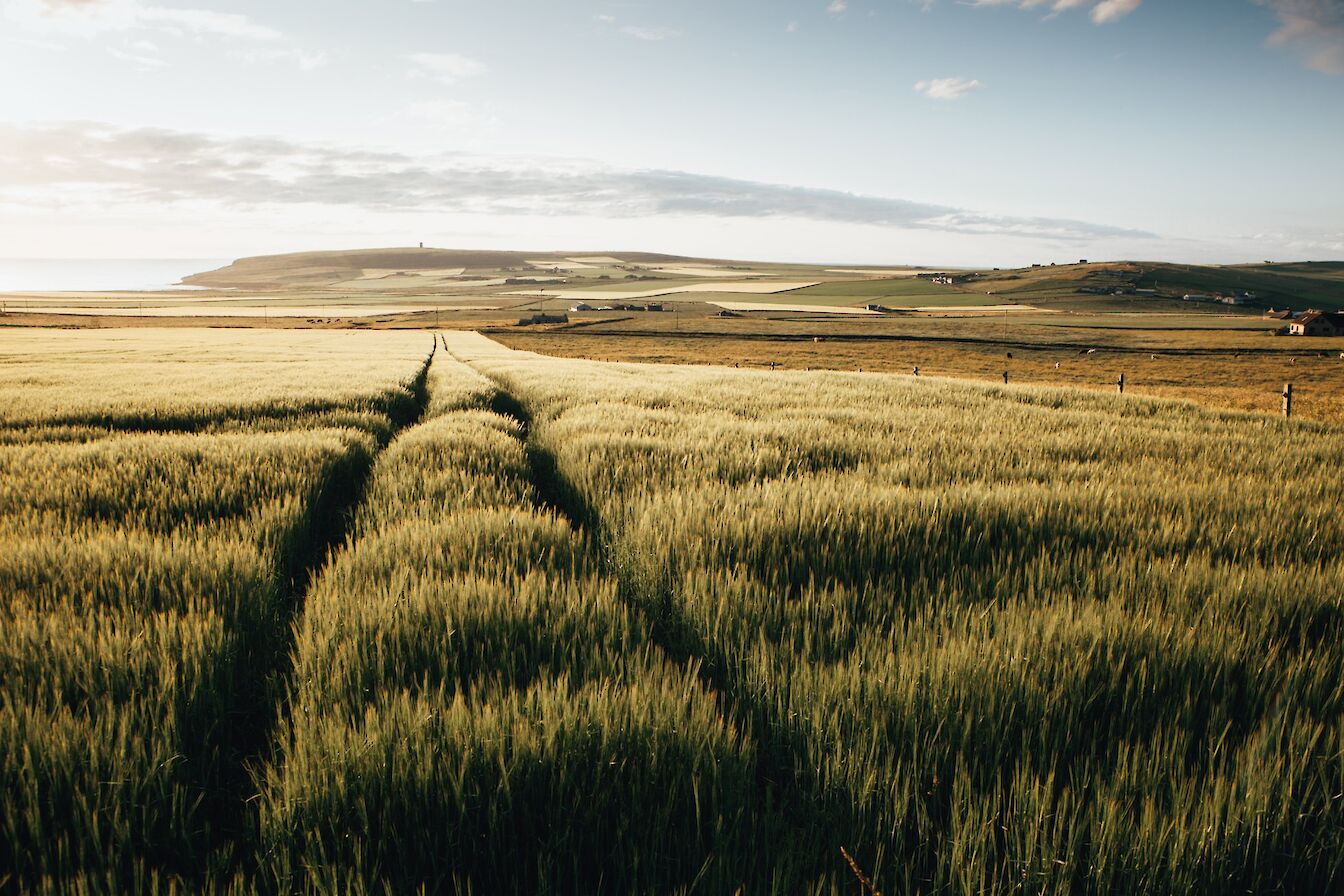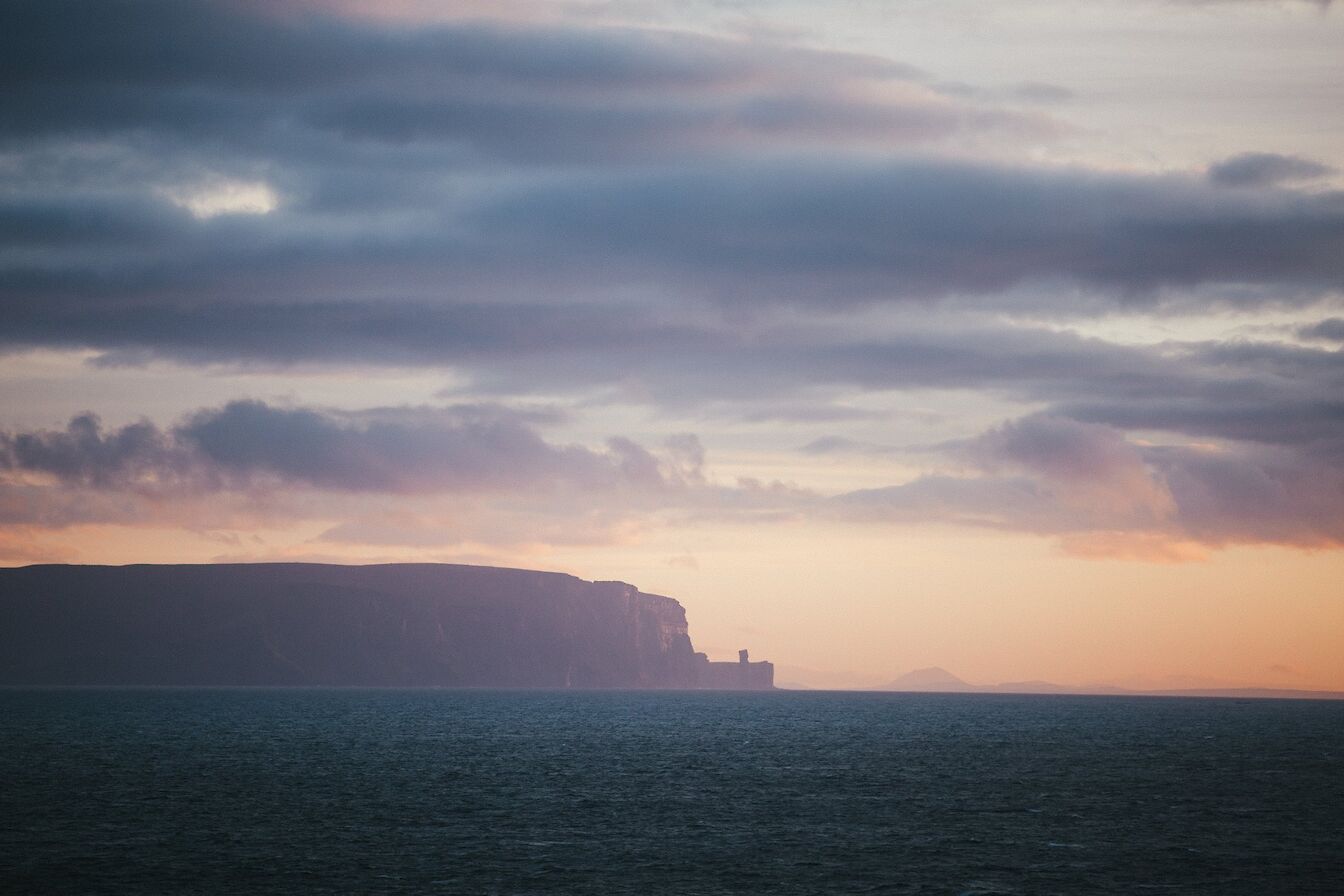I’ve spent a lot of time lately going back through old images. It’s probably something many of us have done over recent weeks, as the boundaries of our individual worlds have shrunk immeasurably.
Photographs of familiar places, just a short drive or ferry journey from my home here in Kirkwall, now seem strangely exotic.
It’s no great secret that all our senses are deeply interconnected, but the one thing that really hits me, with image after image, is how they trigger other memories – the sounds and smells associated with being in these special places. These experiences are effectively closed to us at the moment, but there’s consolation in memory.
Lockdown has provided an opportunity to start getting our collection of photos better organised, and at the same time I’ve been picking out some of the images that, while not necessarily my ‘favourites’, have the strongest memories for me of being within the landscape that I love. For me it’s the nearest thing I can do to strapping on my walking boots and setting out with rucksack and camera.
If you promise to adhere to strict social-distancing you can join me right now, in a ‘virtual exploration’ of Orkney.
Dawn would seem like an obvious place to start, and where better to welcome the light than at the Ring of Brodgar on the morning of the winter solstice. Now, winter days in Orkney don’t always begin without a breath of wind, but the 21st December 2018 was utterly still. First light was soft and muted, and across the Harray Loch you could hear the wings of the swans as they came to land over half a mile away.
And then, as the sun rose over the low hills of Orphir the light exploded, and a low mist began to rise off the surrounding fields. I’ve always kept a sceptical distance from the idea of the stones having some mystical presence, but there was certainly a sense of being somewhere quite exceptionally special in that moment.
The privilege of being in these kinds of places is something that, having grown up in Orkney, I’ve probably always taken for granted. Recent events have perhaps shaken that sense of detached entitlement – replaced it with a more appropriate reverence.
Photographing Orkney at sunrise in mid-winter could hardly be more different to photographing it in May. For a start, it’s a whole lot earlier.
It’s four in the morning and I’m carrying a heavy pack full of gear along the coastal path to the Castle of Burrian in Westray (this is when you have to keep reminding yourself of that whole ‘privilege’ thing we mentioned a moment ago.) It’s worth it though, as I’ve got a date with this island’s most entertaining characters.
The sound of thousands of puffins emerging from their burrows would put a smile on anyone’s face – no matter how sleep-deprived. Probably best described as ‘theatrical pondering’ it echoes around the cliffs and mingles with the harsh cackle of fulmars and the gentle wave-wash among the boulders below. They seem quite unfazed by my presence, though I prefer to keep a discreet distance away. A couple of hours are quietly passed photographing and filming before the birds gradually head out to the fishing grounds, to return as another long evening draws in.
There’s something magical about stepping on a ferry. Any journey across water seems to heighten our anticipation of arrival.
The St Magnus Way is a wonderful multi-day pilgrimage walk that takes in the route that Magnus’ remains would have been carried following his martyrdom nine centuries ago. Most of it is a mixture of coastal heathland, agricultural track and quiet country roads, as it loops its way across the Orkney Mainland. But to really experience the full pilgrimage you have to take the ferry to Egilsay, where Magnus was slain on the orders of his cousin, Hakon. St Magnus Kirk was built in the 12th century, a short distance from the spot where he’s believed to have been killed.
I spent a memorable half day in Egilsay in 2018, primarily filming with one of the pilgrimage’s founders, Rev David McNeish. Having accidentally left almost my entire camera kit on the first ferry I didn’t have time to take many photos, but one that I did take always feels like it sums up a late summer’s day in Orkney, and the presence of the kirk’s tower, standing tall among these low-lying islands.
And while Egilsay might conform to our great poet George Mackay Brown’s description of Orkney as having the appearance of ‘sleeping whales’ - gentle overlapping contours barely troubling the horizon - the island of Hoy breaches high out of the Atlantic. At its north western end red sandstone cliffs stand at dizzying heights above the ocean.
While the island’s most famous feature is the imposing sea stack, the Old Man of Hoy, it’s the township of Rackwick which always draws me back.
Earlier this year I’d been out taking photos and filming at various locations across the island. It had been a rather hectic day trying to cram in various locations. Poor light, and an unexpectedly cold wind hadn’t improved the mood any as I arrived at Rackwick for a few last shots before heading for the ferry.
I wasn’t expecting much, but as I approached the bothy of Burnmouth the late afternoon winter light suddenly just opened up. Soft winter light on red sandstone really is a joy. Sitting on a boulder by the edge of the burn, with the sound of an endless Atlantic surf reflecting off the high cliffs was such a rewarding end to a hectic day. Perhaps not surprising that I nearly missed my ferry home.
We began with a sunrise, so it’s probably only right to end with a sunset.
There can be few places in Orkney – in fact, scrub that – there can be few places in the world better for watching a sunset than the west coast of the Orkney Mainland. It’s an iconic stretch of coastline and one I keep going back to again and again. In winter with salt spray stinging the face, or in summer with the sound of oystercatchers and kittiwakes filling the air, it always rewards.
I’ll leave you at Marwick in the parish of Birsay, late on an August evening, where you can turn right and walk up the path to the high cliffs of Marwick Head. Here you’ll find the monuments to Lord Kitchener and the crew of HMS Hampshire, lost to a German mine just off this coast in 1916. You can look down on the Brough of Birsay, as the lighthouse on that tidal island starts to flash across a darkening sea. Or, turn left to explore the fishermen’s huts – built in a precarious haven on a most unforgiving stretch of coast. Looking south you’ll see the cliffs of Hoy and its Old Man glow red in the last rays of the dying light.
Either way you’ll be reminded that this is a landscape where hardship and tragedy have been experienced, and endured, each passing in their own time.
But the sights and the sounds of an Orkney landscape endure.
The Promoting Orkney project has been part financed by the Scottish Government and the European Community Orkney LEADER 2014-2020
